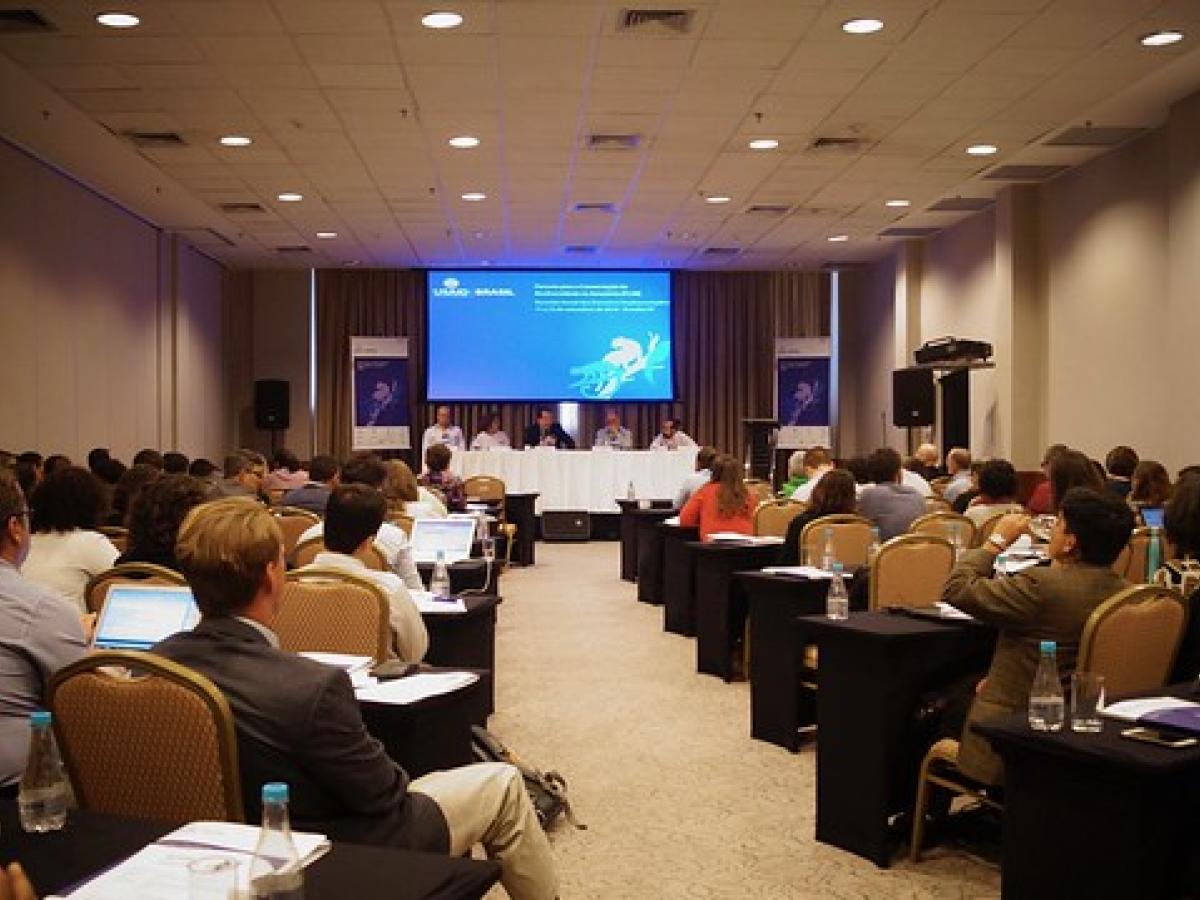USAID/Brazil has implemented a robust and innovative approach to the monitoring and evaluation (M&E) of USAID/Brazil’s Biodiversity Program focused on the following elements:
1. Systematizing reporting system with robust guidance, decision tools to ensure consistency in the application/use of indicators. A standard reporting template guides partners through the data collection they are responsible for and ensures complete, accurate reporting. We have integrated private sector engagement disaggregates across standard indicators to better understand the contribution of PSE to classic biodiversity metrics of interest. All partners are collecting a set of standard indicators that are consolidated and geo-referenced and provide annual monitoring for PCAB activities.
In addition, as a Strategic Partnerships Mission that is aligned with and supporting the Agency’s new private sector engagement approach, Mission has developed an innovative long-term evaluation and learning (MEL) process. USAID/Brazil is committed to implementing these tools through participatory action research models, co-designing processes, and innovative systems, metrics and approaches, to evaluate and capture lessons learned and best practices for working with the private sector and across the PCAB portfolio.
2. Integrative monitoring and evaluation across desired outcomes for the broader PCAB portfolio, including these innovative approaches
The Social Progress Index to measure community well-being using household data in a standard, globally-adopted framework.
Process monitoring, such as Social Network Analysis (SNA), to understand the evolution of a partnership platform approach to catalyzing investment in sustainable development of the Amazon region
Biodiversity monitoring of key indicator species using Brazil’s national protocol in 15-20 priority protected areas.
The development of a new tool for biodiversity and forest modeling that integrates remotely sensed and in situ data and allows for comparisons between USAID-catalyzed intervention and business-as-usual scenarios, over time.
3. Mapping of the USAID/Brazil portfolio of activities and their attributes throughout the Brazilian Amazon and curating a robust set of context indicators based on secondary data to aid in strategic planning, activity design, investment screening and to better support risk management for some of USAID/Brazil’s innovative approaches with market-based investments and private sector partnerships.
The results and evidence will then be disseminated through learning products, toolkits, best practice dissemination, and through and with PPA and PCAB partners.
More information can be found at the PCAB website: https://pcabhub.org/en-us

USAID/Brazil organizes an Annual Partners Meeting with all institutions that are part of the Platform for Biodiversity Conservation of the Amazon (PCAB). The 2018 Annual Meeting had a Monitoring and Evaluation session with the participants in order to share monitoring instruments and guidelines.
Photo: Quartzo - USAID/Brazil
